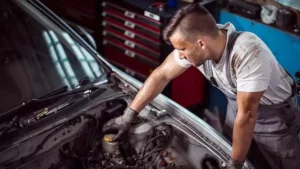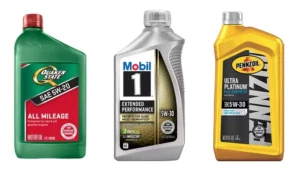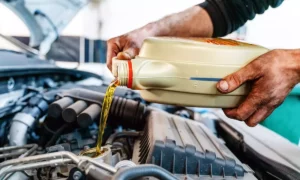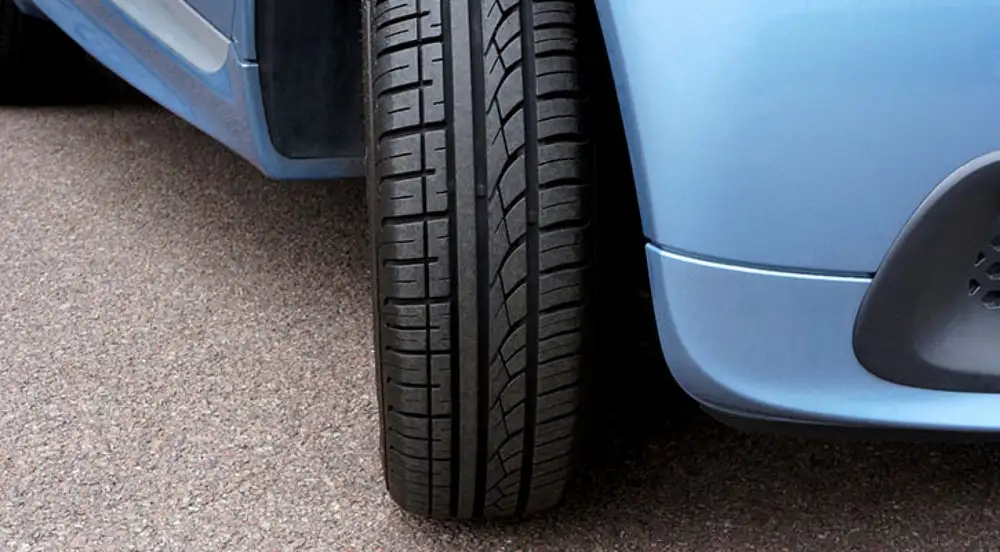Ever puzzled over the world of car parts and wondered whether you can interchange car parts? In this comprehensive guide, we delve deep into the realm of automotive components, demystifying the concept of interchangeability. From understanding the key influencing factors to identifying which car parts are interchangeable, we’ll cover it all. So buckle up and let’s navigate this road together!
Table of contents
Car Parts Interchangeability

In the universe of automobiles, “car parts interchangeability” is the ability to use specific parts from one car model in another. This concept is not just an intriguing quirk of the auto industry—it’s a practical facet of car maintenance and repair, especially when dealing with brands that fall under the same manufacturer.
However, interchangeability is not a one-size-fits-all concept. The degree of interchangeability can vary depending on several factors such as the car’s make, model, year, and more.
Factors Influencing Interchangeability

Several key factors influence the interchangeability of car parts, essentially forming the rulebook for this practice:
- Make and Model: Just as you might have guessed, parts are often more likely to be interchangeable between similar makes and models. For instance, parts from a 2010 Toyota Corolla might fit perfectly in a 2011 Toyota Camry.
- Year of Manufacture: The year a car was produced plays a pivotal role in parts interchangeability. Models produced in the same era often have a higher degree of parts compatibility. In these models, manufacturers tend to use similar designs and parts within certain production periods.
- Brand’s Manufacturer: If you look under the hood, you’ll find that cars from the same manufacturer or brand family often share components. For example, Volkswagen Group owns Audi, Skoda, and Seat, among others. Given this relationship, there’s a higher likelihood of parts interchangeability among these brands.
How to Determine If Car Parts Are Interchangeable

While it might sound like you need an encyclopedic knowledge of cars to figure out parts interchangeability, it’s not as complicated as you might think. Here’s a simple three-step roadmap:
- Check the Part Numbers: Every car part is assigned a unique part number—a kind of fingerprint for that component. If two parts have the same number, they’re likely interchangeable.
- Use Interchange Manuals or Databases: Resources like Hollander Interchange Manuals and various online databases provide a wealth of information about interchangeable parts across hundreds of car models. These resources can be your compass in the labyrinth of car parts.
- Consult with Professionals: When in doubt, don’t hesitate to reach out to auto industry professionals. Mechanics, auto parts dealers, and automotive enthusiasts often have a deep understanding of car parts and their interchangeability, and their insights can be invaluable.
Examples of Interchangeable Car Parts

To give you a clearer picture, let’s take a look at some examples of commonly interchangeable car parts:
- Engine Components: Many internal engine components like camshafts, crankshafts, pistons, and cylinder heads can be interchangeable, especially within the same manufacturer. For instance, the GM LS engine series is renowned for its high degree of interchangeability across various models and years.
- Body Parts: Doors, fenders, hoods, trunk lids, and bumpers are often interchangeable between different models or years of the same make. For instance, the body parts of a 2001 Honda Accord sedan could be interchanged with a 2002 model of the same car.
- Suspension Components: Parts like control arms, struts, and bushings are often interchangeable across certain models and makes, especially if they share a similar platform.
- Electrical Components: Electrical components like alternators, starters, ignition coils, and fuses can often be swapped between different models or years, provided they match the vehicle’s electrical requirements.
- Interior Parts: Seats, steering wheels, dashboards, and more can often be swapped between models, especially in cars of the same make and similar model years.
Remember, the rule of thumb is to always verify before swapping parts to avoid potential issues. Car parts may appear similar but slight variations could lead to compatibility issues or even damage your vehicle.
Benefits of Interchangeability

Knowing which car parts are interchangeable isn’t just a neat party trick—it offers several tangible benefits:
- Cost Savings: Interchangeable parts, especially those sourced from salvage yards or second-hand sellers, can often be less expensive than brand-new components. This can save you a significant amount of money, particularly for major components like engines or transmissions.
- Availability: If a specific part for your car isn’t readily available, a suitable interchangeable part from another model might save the day. This can be particularly useful for older cars where certain parts are no longer in production.
- Environmental Impact: Reusing parts means less waste going to the landfill, making it a more environmentally friendly choice. Plus, it reduces the need for new parts to be manufactured, saving on resources and energy.
- Ease of Repair: Sometimes, using interchangeable parts can make repairs easier or even possible when specific parts are hard to find. This can be particularly beneficial for DIY car enthusiasts or in regions where certain parts are scarce.
Your Pit Stop
Understanding the concept of car parts interchangeability is a valuable tool in your automotive knowledge toolkit. Whether you’re a budding DIY mechanic or just a car owner who wants to make informed decisions, this knowledge is very beneficial. But remember, not all car parts are interchangeable, and it’s vital to verify compatibility before proceeding with any parts swap. Using the wrong part could potentially lead to more damage or safety risks. Safe travels!











